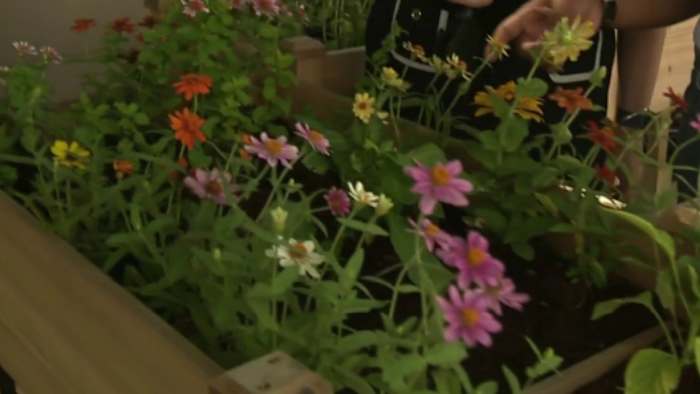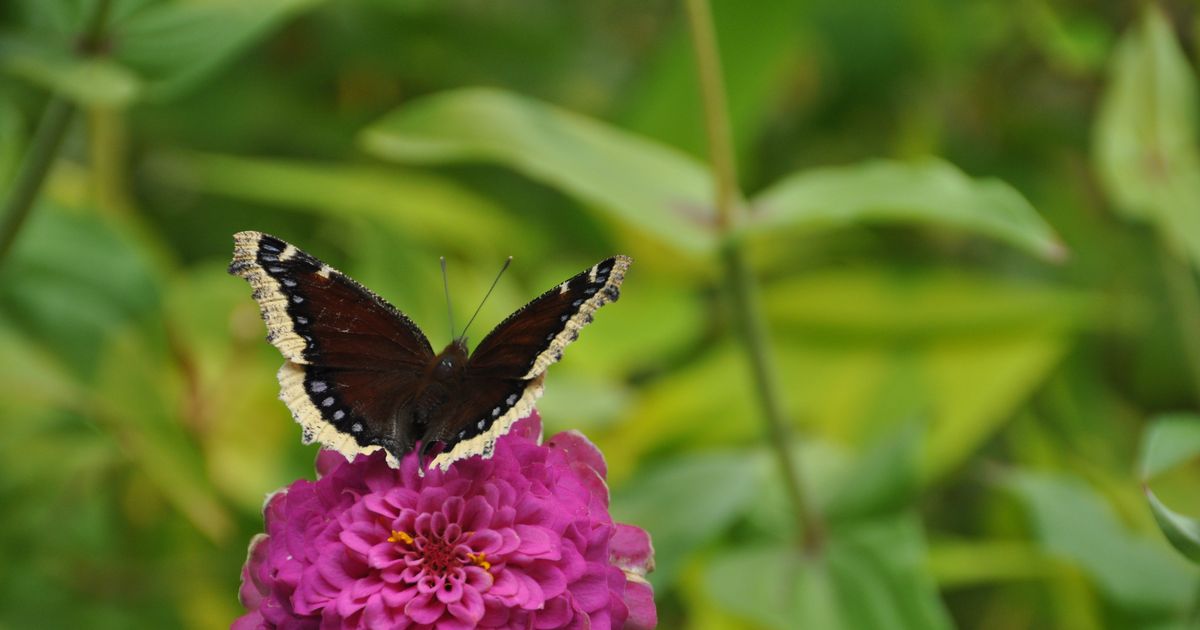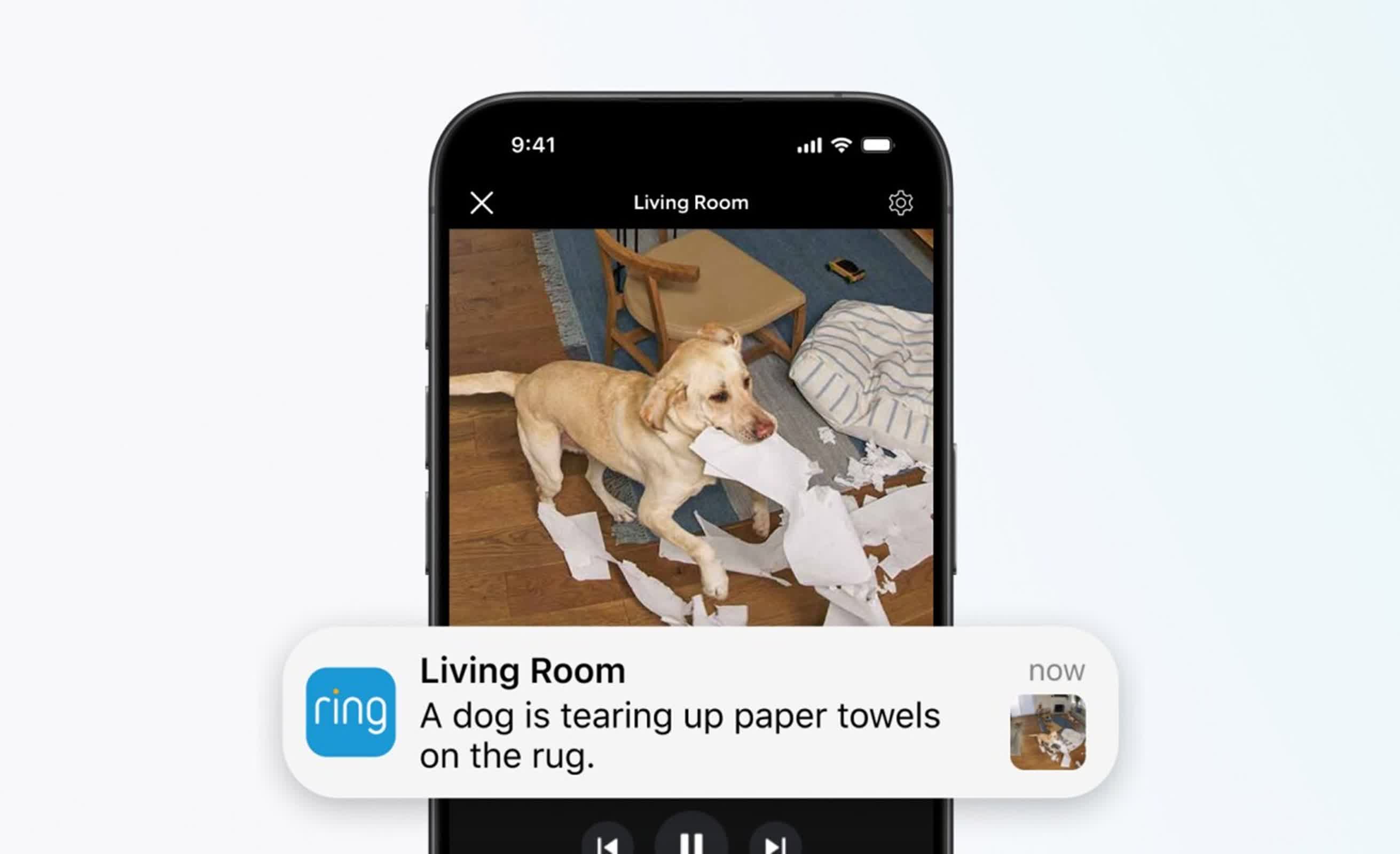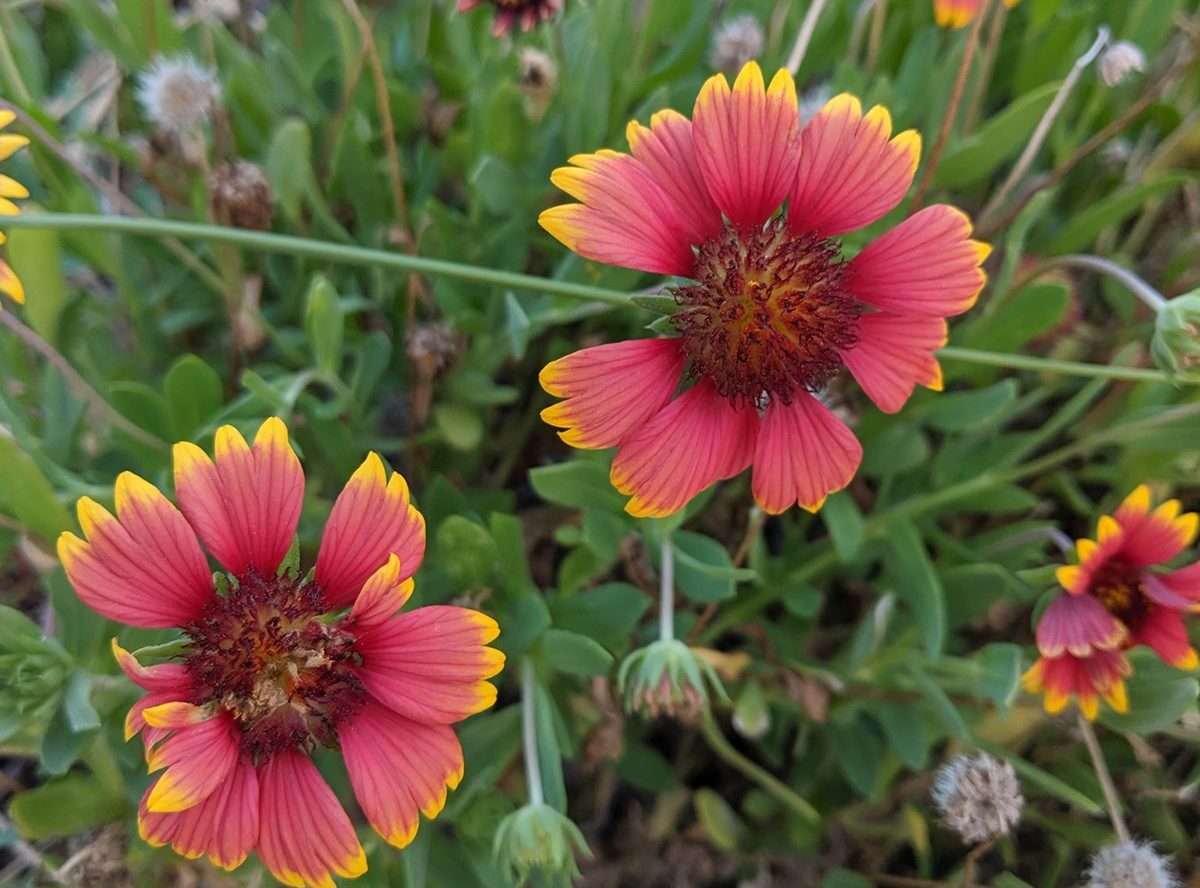I’m a sucker for a good gardening TV program. During the long winter months, watching high-definition videos of glorious, abundant gardens full of flowers and foliage and insects and vegetables scratches that gardening itch.
I can’t wait to get my hands dirty, and I get antsy to plan and plant my container garden for my tiny balcony. After every show, I have new ideas and new plants I want to try, and by the time May rolls around and the RHS Chelsea Flower Show blooms in the U.K., I am chomping at the bit.
And every year, I put potted plants out on the deck too early and lose them to frost or hail because I just cannot be patient and wait for the right conditions to arrive in June.
Don’t be me.
I promise you that Monty Don from Gardener’s World, the U.K.’s favorite gardener and a premier gardening expert, is unlikely to showcase plants that thrive under the conditions found in the Yampa Valley. His program is aimed at an audience gardening in entirely different growing conditions from ours. So, although I want to plant every single thing I see on that program, I am learning the single imperative for growing any plant in the Yampa Valley: You must work within the boundaries set by Mother Nature. She will win every time.
But that doesn’t mean you shouldn’t try things. To experiment wisely, know the particular boundaries you’re working with. Test to find out the unique conditions of your space — your deck may have a micro-climate that allows you to plant something in a pot that usually grows better in a warmer climate than ours. You might find a boggy spot in your yard where you could plant a water-lover whose needs are normally incompatible with water restrictions here. The kitchen window directly over your sink — with higher humidity than the rest of your house — could surprise you as the absolute perfect spot for finicky orchids to thrive.
For some, “testing” means taking light, heat and humidity measurements and carefully comparing specific locations with the preferred conditions of the plant you want to grow. For others — and I include myself in this group — “testing” looks more like: I like this plant, let’s see if it lives or dies here. It’s rather like plotters and pantsers from the writing world, where either path results in a finished piece.
Either testing track tells you something about the conditions of that particular spot and what might like to live there. Did your iris not bloom, again? Maybe the trees have grown up and shaded that spot — move the iris to a sunnier spot (and maybe divide them, too) and try a shade lover there instead.
Did the annual flowers you planted in your railing flowerbox shrivel and crisp last year, even though you remembered to water them once in a while? Maybe it’s really hot and sunny there, and maybe your life only gives you occasional time to care for your plants. Try a planter with echeveria, sedums and houseleeks instead — those succulents are beautiful and remarkably sun- and drought-tolerant. Ask me and my busy schedule how I know.
Again, don’t be me, and don’t take TV gardening advice intended for other locations as gospel. While being in full sun right up against a west-facing window may be exactly the right amount of sun for a jade plant in rainy, overcast, sea-level London, it was way too much sun for my potted jades in dry, bluebird-sky, 6,900-foot Steamboat Springs. Poor jades …
For information on gardening in mountain communities, go to Extension.ColoState.edu/docs/pubs/garden/07244.pdf.









